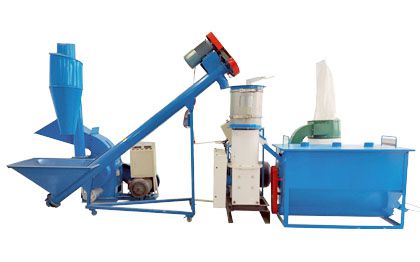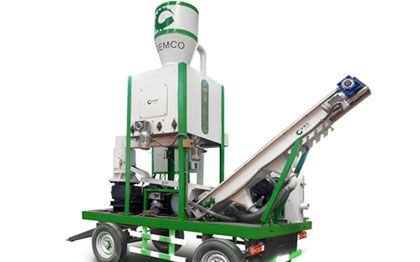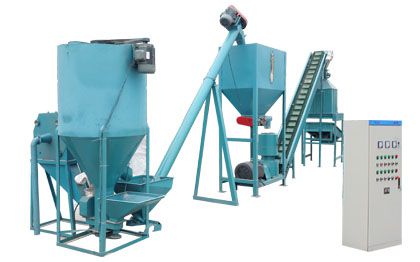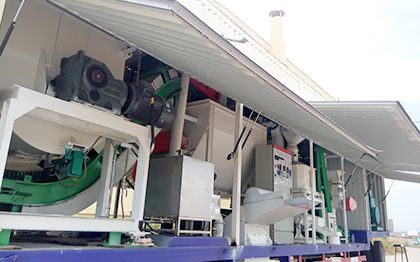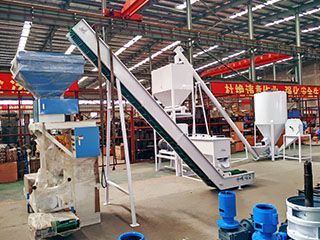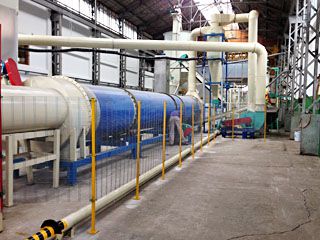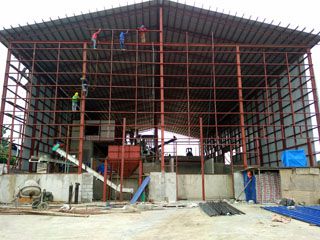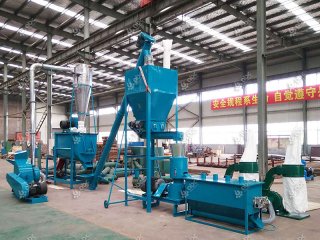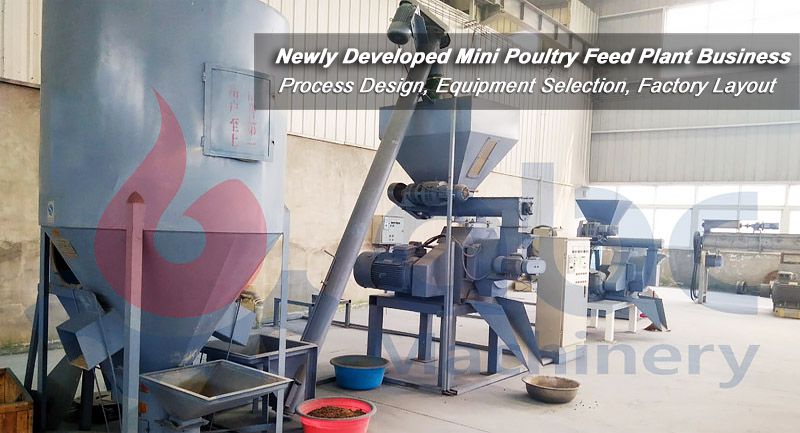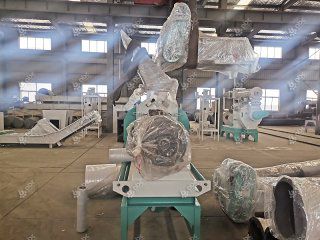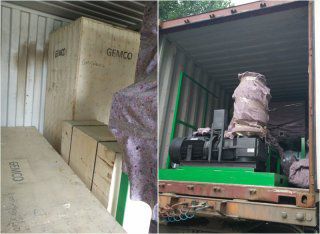In launching a chicken farming industry or feed plant, buying the right chicken feed machine can be critical. It's not just the purchase of equipment, it's the cornerstone of a successful business plan. The choice of pellet feed machine directly determines the quality and efficiency of feed production, and is also closely linked to cost control, production scale and ultimately business competitiveness. Whether you are considering purchasing a hen feed making machine, broiler feed making machine, chick feed making machine or layer feed making machine, I hope this article has provided you with useful information and insight.
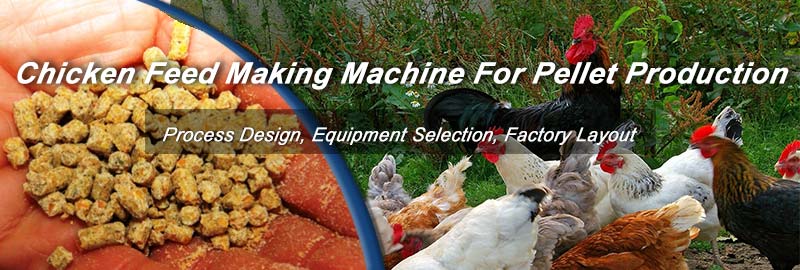
Chicken Feed Making Machine for Pellet Production
Buy Best Chicken Feed Making Machines for Pellets: Key Considerations
Whether you are going to start your chicken feed plant or take a plunge into the chicken farming industry, when you are ready to buy a machine for making chicken feeds, you surely have a lot of questions about how to choose and buy the right one. Here, I will share some of the issues that you must focus on when buying a feed machine. Hopefully, this will provide you with valuable help when buying a pellet machine for chicken feed.
- Adaptability of Pellet Machine to Chicken Feed Formulations
Confirm that the machine is capable of handling your chosen chicken feed formulas. For example, a flat die feed pellet mill is better suited to handle higher moisture ingredients. However, ring die feed pellet mill is better suited to produce pelleted feed with a harder texture.
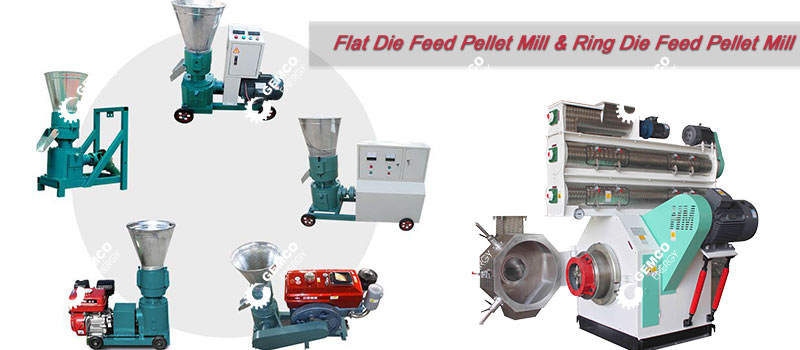
Flat Die Feed Pellet Machine & Ring Die Feed Pellet Machine
- Adjustability of Pellet Size and Shape of Models
Consider the size and shape of the pellets you need. The chicken pellet maker should have the ability to change dies or adjust animal feed pellet mill settings to make pellets of different sizes and shapes. These will affect chicken consumption and digestion. Usually, the diameter of chicken feed pellets is usually 3~5mm. but chicks are fed with crushed material, which is usually 2mm in diameter. Therefore, when buying a chicken feed machine, you should ask the chicken feed machine manufacturer to find out if the feed pellet machine has the flexibility to change the die and purchase the dies with appropriate.
- Production Capacity and Speed of Chicken Pellet Making Machine
Choose the appropriate machine capacity according to the scale of farming. Find out the hourly production capacity of the chicken pellet machine to make sure it can meet your feed production needs.
Below is a brief table of chicken feed making machine price and output for your reference (taking GEMCO machine as an example). If you want to know more, you can contact us for free.
| Machines /Production Lines | Output | Reference Price |
|---|---|---|
| Flat Die Feed Pellet Machine | 60-1000kg/h | >$490 |
| Small Feed Pellet Production Line (Flat Die) | 500-1000kg/h | $12,000 |
| Ring Die Feed Pellet Machine | 1-12 ton/h | $15,600 |
| Ring Die Feed Pellet Production Unit | 1-3 ton/h | $5,200 |
| Large Feed Pellet Production Line (Ring Die) | 1-100 ton/h | $29,987 |
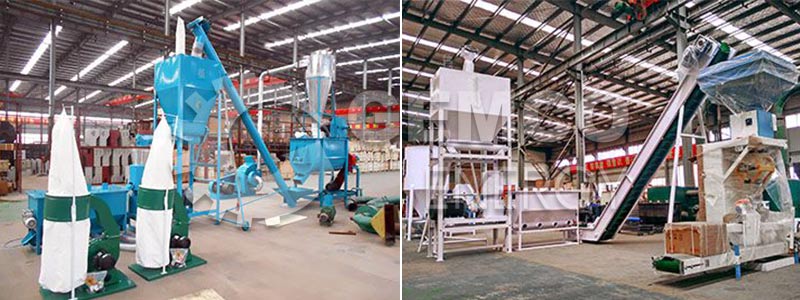
Small Feed Pellet Plant for Sale
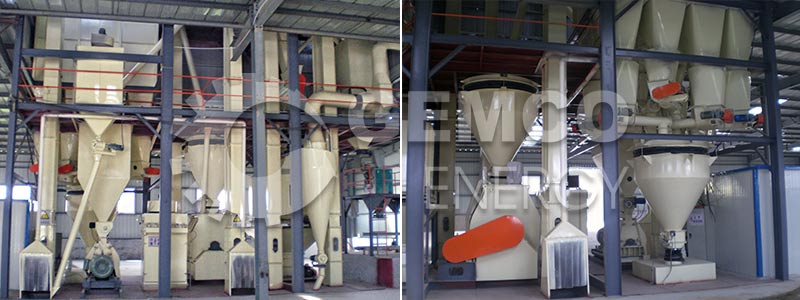
Large Animal Feed Pellet Plant
Please note! The price given in the above table is just a reference price of animal feed pellet making machines and processing lines. The specific price of animal feed making machines should be changed according to the needs of different investors. Please contact us directly if you need to know the specific price and machine. We will provide you with the price and purchase advice for free.
- Wear Resistance and Maintenance of Parts in Chicken Feed Pellet Machine
Check the material and wear resistance of the key parts of the chicken feed pellet making machine. Chicken feed making machines can be worn out after a long period of use, so choosing a durable and easy-to-maintain animal feed making machine will help reduce repair costs and downtime.
- Quality Certification and Manufacturer Background
Pay attention to the qualifications and background of the chicken feed machine manufacturer, such as ISO certification and product quality inspection reports. Well-known brands usually have more reliable quality assurance.
- Cost Analysis and ROI Calculation for Chicken Feed Pellet plant
Conduct a cost-benefit analysis to understand the purchase cost, operating cost, maintenance cost, etc. and calculate the return on investment (ROI) to assess the economics of the poultry feed making machine.
Process Points for Pellet Production by Chicken Feed Making Machines
To successfully produce pellet feed with a chicken feed machine, we will focus on pelletizing requirements of feed pellet making mills and cooling systems in this article. These two guidelines will provide important thinking for your chicken feed production business. However, the specific chicken feed making process and chicken feed pellet plant design scheme needs to be fully consulted and customized according to the actual situation.
Consult us to get a free chicken feed plant production line design drawing.
Key Points for Pelleting of Chicken Feed Making Machine
Depending on the differences in the characteristics of the ingredients of the chicken feed formulation, it is crucial to choose the right thickness of the press mold. For feeds with high heat sensitivity, high fiber content or high inorganic salt content, a thinner die is preferred. For feeds containing more fat and starch, a thicker die is suitable.
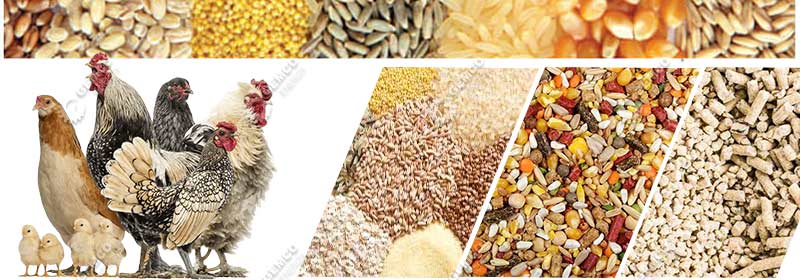
Manufacturing Raw Materials into Pellets
If using a ring die chicken pellet machine for pelletizing, the compression ratio of the ring die should be 1 : 8 - 1 : 14. When replacing the ring die with a new one, be sure to grind the bore before putting it into service. The purpose of this is to ensure that the holes are smooth and the surface is flat to ensure that chicken feed processing machine operates smoothly and produces the desired pelletizing results.
Critical Aspects of Cooling Systems in Chicken Feed Production Line
The key to optimizing the cooling system is to control the airflow and cooling time to ensure that the moisture content of the pellets remains within the safe moisture range (12% - 13%), while keeping the material temperature no more than 5°C above room temperature. The optimal setup is to place the chicken feed maker machine on top of the cooler so that hot, wet pellets can enter the cooler directly, avoiding pellet crushing and eliminating the need for a conveyor.
On the other hand, crusher should be placed below the cooler, and then the pellets or chips should be conveyed via an elevator to a grading screen above the finished product compartment for screening, where the fine pellets or screened material can be easily returned or put into storage. To avoid damage to the pellets when they fall straight down, a vertical spiral chute can be installed in the chamber to allow the pellets to slide down at a slow rate to protect their integrity. (The layout design of the production line is for reference only; specific chicken feed mill design program can contact us for free consultation)


